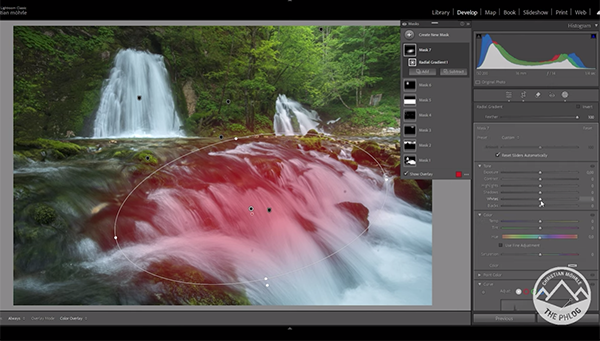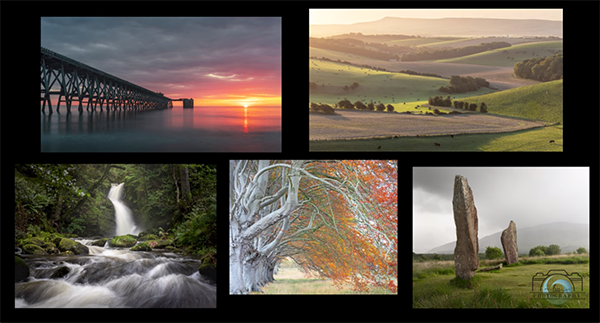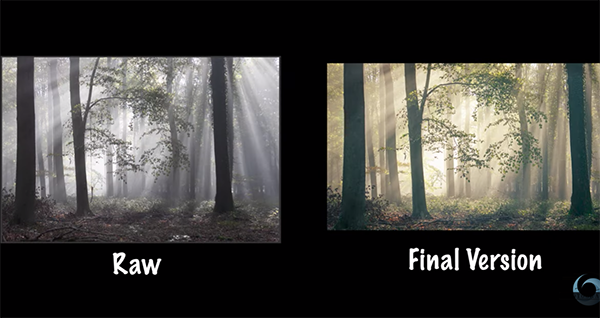Stacey Solomon’s pond controversy has social media in a spin – here’s what the experts think
Is she putting her ducks in danger?
 REAL ESTATE
REAL ESTATE
 REAL ESTATE
REAL ESTATE
 REAL ESTATE
REAL ESTATE
 REAL ESTATE
REAL ESTATE
 REAL ESTATE
REAL ESTATE
 EVENT
EVENT
 LANDSCAPE
LANDSCAPE
 LANDSCAPE
LANDSCAPE
 CONCERT
CONCERT
 LANDSCAPE
LANDSCAPE
 TRAVEL
TRAVEL

REAL ESTATE
Residential, Commercial, Interiors

LANDSCAPE
Landmarks, Cityscape, Urban, Architectural

FOOD
Hotels, Restaurants, Advertising, Editorial

PORTRAIT
Traditional, Glamour, Lifestyle, Candid

PRODUCT
Studio, Lifestyle, Grouping

EVENT
Conference, Exhibition, Corporate

FASHION
Portrait, Catalog, Editorial, Street

TRAVEL
Landscape, Cityscape, Documentary

SPORT
Basketball, Football, Golf

CONCERT

STILL

STREET
We’re always on the lookout for post-processing techniques that imbue photos with a unique look that stands out from other images you’ve captured in the past. This quick Lightroom tutorial from the PHLOG Photography YouTube channel provides a quick and effective method for giving landscape photos a beautiful soft appearances that differs greatly from the more common sharp-and-vibrant approach.
German pro Christian Mohrle is one of our favorite landscape photographers and post-processing experts, and before you click the play button we suggest downloading his sample Raw file using the link beneath the video. This way you can follow along and make the changes yourself as the 11-minute lesson proceeds.
Mohrle’s goal today is to rehabilitate a contrasty and underexposed waterfall photo, but the process you’ll learn has broader applications for enhancing all sort of images captured in the field. He’s a firm believer in following a specific sequence when putting Lightroom’s tools to work. For him this means making a few basic adjustments to the image as a whole before turning to selective enhancements that really deliver the magic.

Today’s preliminary steps begin in Lightroom’s Basic panel where he changes the profile from Adobe Color to Adobe landscape which pushes saturation, slightly brightens the darkest areas in the frame, and helps create the soft look he’s after. Mohrle also tweaks Color Temperature, boosts exposure, opens the shadows for more detail, and adds Texture for a slightly sharper look. Other global modifications include decreasing Clarity and Dehaze.
Now the fun begins by heading into Lightroom’s Masking panel for selective enhancement to various areas in the scene, and he walks you through every step of the way as he adds a subtle glow to the upper right corner of the shot, introduces more structure to the foreground waterfall, and brightens up a smaller waterfall to separate it from the background.
The image is now significantly improved, but there’s a bit more work to do, beginning with careful color grading. He makes good use of the Luminance sliders in Lightroom’s Color Mixer to “add punch” by accentuating the green tones. Dropping yellow Saturation quickly enhances this effect, as does pumping up green Saturation. Mohrle also boosts blue Saturation in the water.

All that remains is a bit of judicious sharpening, and Mohrle’s impressive transformation is complete. Take a look at his before/after examples and your sure to like what you see. Then head over to the PHLOG Photography YouTube channel for more shooting and editing tips for outdoor photographers.
We also think you’ll appreciate another tutorial we posted recently, demonstrating how to capture spectacular sunrise photographs with gear advice, composition tips, and recommendations for the best camera settings to use.
All professional photographers understand the importance of evolving their skills by regularly experimenting with new shooting techniques, and oftentimes this results in capturing images with a fresh look. We recommend this process for amateurs as well, and by doing you may have to update your post-processing workflow to accommodate the new style of photos in your repertoire.
As you’ll see in this tutorial from the Louise Welcome Photography YouTube channel, this is exactly what happened to an accomplished British pro who spent considerable time searching for a new vision in the field. Her popular channel is all about passing on a passion for landscape photography and this episode reveals three transformational editing tools that became essential for enhancing Louise’s new style of imagery.
Louise puts it like: “After challenging myself to do things differently in the field, it was only when I backed up this practice with a few developments in post processing that I saw my images come to life.” The three new “power tools” that she discovered are what you’ll learn how to use today.

This new approach works wonders for what Louise calls “empathetic editing” and she drives her points home with clear instructions and plenty of inspirational images. Power Tool #1 is the Radial Filter, and Louise explains two very different ways to use it depending the specific task at hand. The first involves adding “atmosphere” to a shot, while the other is accomplished by selecting and emphasizing strong areas of contrast between light and dark portions within the frame.
Split-Toning is the second power tool that Louise recommends, and this one “enables you to introduce different colors to the highlights, midtones or shadow areas in an image while pure whites and blacks remain unaffected.” This is tool that deliver big results—even though it’s really easy to employ.
The lesson concludes with Power Tip #3; namely, a technique for using Exposure Blending to significantly improve the balance of a photo. Louise is passionate about waterfall photography, and she pulls up one of her shots to illustrate how this straightforward tool can be called upon to achieve an eye-catching transformation.

Be sure to spend some time on the popular Louise Welcome Photography YouTube channel where you’ll find more helpful videos for expanding your skills.
And don’t miss the tutorial we featured recently with another accomplished landscape photographer who explains why and how to use Exposure Bracketing to create outdoor photographs with perfectly balanced tones every time.
